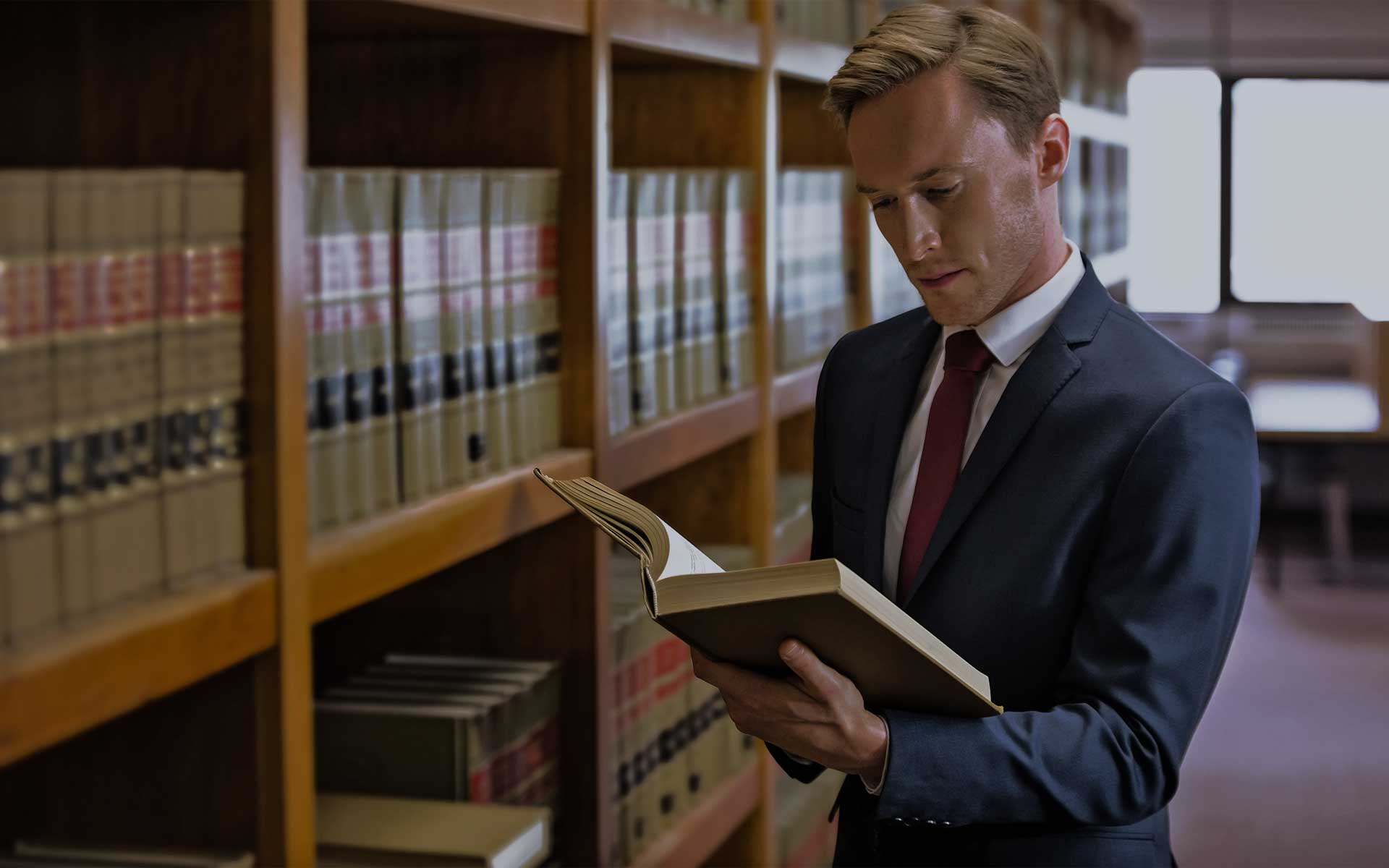Chamberlain Petitions Full Federal Circuit to Correct Appellate Overstep on Patent Eligibility

As anticipated, the Chamberlain Group, Inc., in a corrected petition for rehearing filed today, asked an en banc panel of the Federal Circuit to reconsider its August 21 precedential decision, which in part reversed a district court’s finding that certain claims of Chamberlain’s patent for a “moveable barrier operator” (for example, a garage door opener) were not abstract under Section 101.
The questions Chamberlain is now asking the Court to address are:
- Where the district court did not reach Alice step two, or address how the jury’s verdict of novelty and non-obviousness affects the factual aspects of step two, may this Court resolve step two in the first instance, treating step two as a purely legal issue in violation of Berkheimer/Aatrix and disregarding the jury verdict and related district court fact-finding, or must it remand?
- Under Alice step two, is it improper for this Court to conflate Alice steps one and two, disregarding the concrete and structural combination of elements cited by the patent owner (i.e., the “additional features”) –which here were the basis for the jury verdict of novelty and non-obviousness and the district court’s related findings – and focus its step-two inquiry on the abstract idea itself, concluding as a tautology that there can be no inventive concept because the inventive concept cannot lie in the abstract idea?
As IPWatchdog has noted in previous articles:
- “In the past five years, 781 unique patents have been held invalid in whole or in part by the federal courts. Compared with the five years prior to Alice, there has been a 1056% increase in the number of decisions finding ineligible claims and a 914% increase in the number of invalidated patents;” and
- district courts are invalidating claims on patent ineligibility grounds at an over 60% rate, with the Federal Circuit affirming 90% of the time.
In light of such statistics, the stakes are high for the Court to grant review.
How to Find a Garage Door Opener Abstract
In Chamberlain v. Techtronic, a Federal Circuit panel comprising Judges Lourie, O’Malley and Chen disagreed with the U.S. District Court for the Northern District of Illinois, which in May 2018 had denied Techtronic Industries’ (TTI’s) motion for judgment as a matter of law that the asserted claims were patent-ineligible and granted Chamberlain’s motions for enhanced damages and attorney fees.
The district court disagreed with TTI’s assertion that the claims at issue were directed to the abstract idea of wireless transmission of content, instead finding that “[h]ere, the ’275 patent claims are not directed to the transmission of data, but to garage door openers that wirelessly transmit status information.” The district court also said that the asserted claims were directed to “a particular improvement over prior art which uses a particular manner of sending and experiencing data,” citing the Federal Circuit’s decision in Core Wireless Licensing S.A.R.L. v. LG Electronics, Inc., 880 F.3d 1356, 1361 (Fed. Cir. 2018) to support the patent eligibility of such technology.
But the Federal Circuit found at step one of the Alice analysis that the claims were directed to the abstract idea of wireless transmissions. The majority wrote:
Without more, the mere physical nature of CGI’s [Chamberlain’s] claim elements (e.g., controller, interface, and wireless data transmitter) is not enough to save the claims from abstractness, where the claimed advance is directed to the wireless communication of status information using off-the-shelf technology for its intended purpose. See In re Marco Guldenaar Holding B.V., 911 F.3d 1157, 1161 (Fed. Cir. 2018).
At step two of the Alice analysis, the Court likened Chamberlain’s claims to the Alice invention, finding that the specification merely cited conventional components in a generic way that could not save the claims from abstractness or prove an inventive concept under Alice step two. However, the district court never reached step two, having found the patent eligible at step one.
The Court is Exceeding Its Appellate Role
Chamberlain argues in its petition that the decision contravenes Berkheimer/Aatrix in this approach to the Alice analysis.
In Berkheimer v. HP Inc., the Federal Circuit ruled that it is not always appropriate to declare the broadest independent claim to be representative, and also held that questions of fact underlie patent eligibility determinations, which makes summary judgment inappropriate in at least some cases.
In Aatrix Software, Inc. v. Green Shades Software, Inc., found that the district court deciding the case erred in applying the Alice two-step validity test before the plaintiff had an opportunity to present allegations which would have materially affected the application of the Alice test.
“Not only did the panel err in resolving step two in the first instance, it misapplied an essential requirement of step two,” says the Chamberlain petition. In addition to contradicting its own assertions that appellate courts should not conduct fact-finding, the Federal Circuit’s approach conflates Alice steps one and two, “focusing the step two inquiry on the abstract idea itself, disregarding the ‘additional elements’ inquiry of Alice,” it adds.
Ultimately, contends Chamberlain, the Federal Circuit exceeded its appellate role and misapplied Alice step two. “This Court should grant en banc review to determine if it should vacate its step-two finding, both because the panel overstepped the proper role of an appellate court and because in doing so, it changed the subject of the inventive concept test under Alice step 2.”
“CGI claimed an inventive ‘particular application[]’ of wireless transmission embodied in ‘a novel and useful structure,’ which Mayo confirms is ‘patentable,’” concludes the petition, pointing to this fact alone as enough to warrant review.
Will the CAFC Stop the Madness?
Winston & Strawn and Fish & Richardson are representing Chamberlain. IPWatchdog Founder and CEO Gene Quinn added the following perspective on the petition:
Chamberlain is in very capable hands with both Fish & Richardson and Winston & Strawn, but will that be enough? Not to be too melodramatic, but for the sake of the patent system we had all better hope so. As the petition correctly points out, the Federal Circuit was flat out wrong. The panel said that the wireless technology was the only thing on the record that supported a difference over the prior art, but that is simply not true. The District Court got it right, and the Federal Circuit has now called into question the patent eligibility of wireless technologies that incorporate tangible components. It doesn’t take a rocket scientist to realize that this claimed invention isn’t abstract. It is past time for the Supreme Court to put the Alice genie back in the bottle and stop the madness at the Federal Circuit.
For its part, Chamberlain believes in the process, says Kathi Vidal of Winston & Strawn, who is lead counsel for Chamberlain.
“Chamberlain believes in the process and in the Federal Circuit, and believes the Federal Circuit is well positioned to address the questions on which Chamberlain petitioned,” Vidal said.


